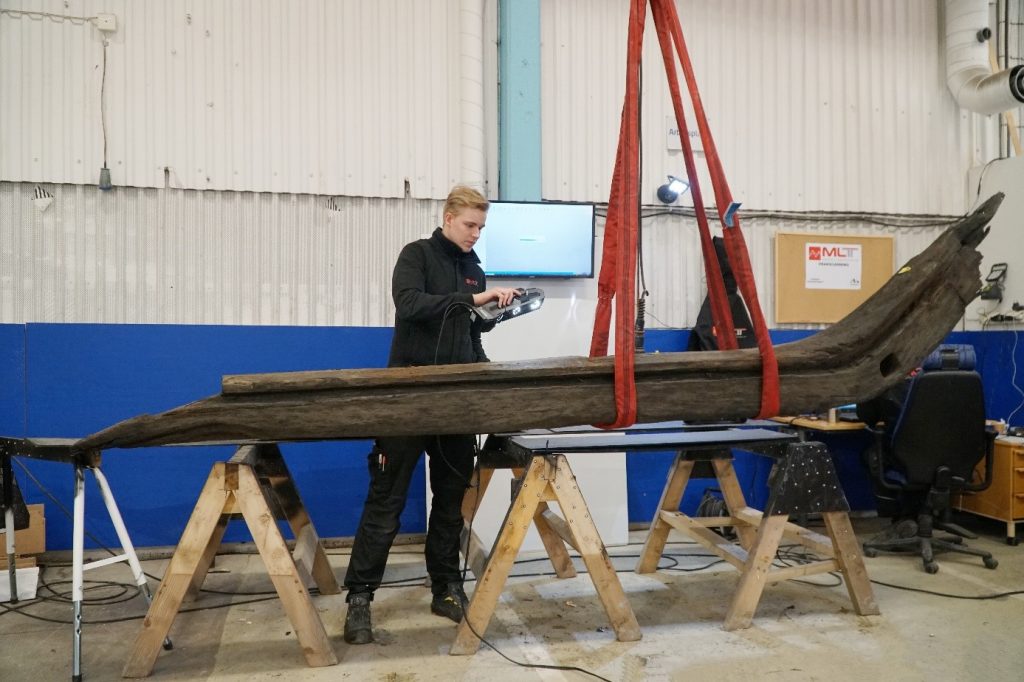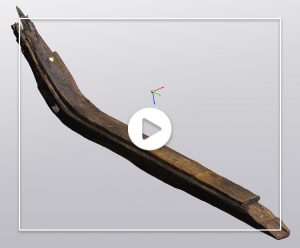August 8, 2024
Improving the Quality and Speed of Alloy Die Casting Products in the Auto Sector See the articleArchaeologists have the delicate task of preserving cultural heritage and furthering their knowledge about history. They need to get information about past construction methods and product usage.
In the summer of 2019, the city of Gothenburg in Sweden conducted excavation work for a big infrastructure project. During the work, three wooden shipwrecks from the 16th century were found. Since it is expensive and complicated to preserve wood when it is exposed above ground, the decision was made to digitally document everything. The archaeology team opted to use 3D scanning to scan every single piece of wood that they found in the excavation pit.
When old objects meet new technologies
Thanks to non-contact 3D scanners, rare objects and artifacts can efficiently be scanned to create digital 3D models. The scans provide optimal quality and accuracy in order to study, restore, or duplicate objects and artefacts as well as classify them into catalogues, repositories and databases. This make it easier to share finding among research community.
The archaeology team in charge of the shipwreck contacted MLT Maskin & Laserteknik AB, Creaform’s distributor in Sweden, to determine what kind of 3D scanning system would be useful. The team decided to use the recommended portable 3D scanner Go!SCAN SPARK. This scanner impressed the team with its data quality, speed and versatility which was a really important asset.
The archelogy team decided to have every piece of wood (roughly 500) documented with the Go!SCAN SPARK. The project is still ongoing. The final result will be a fully assembled 3D model of the shipwreck, which can give answers to where the ship was built, the purpose of the ship, and what shipping routes it took in the past.









